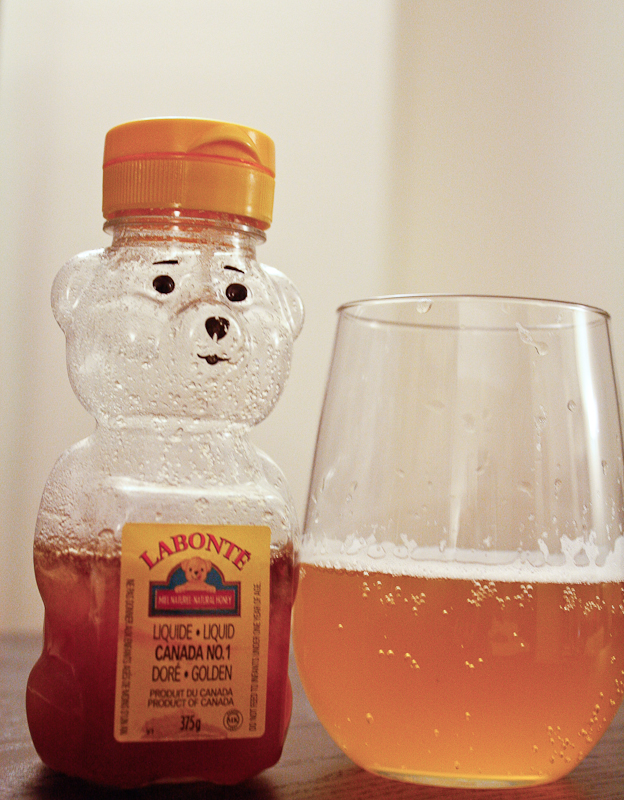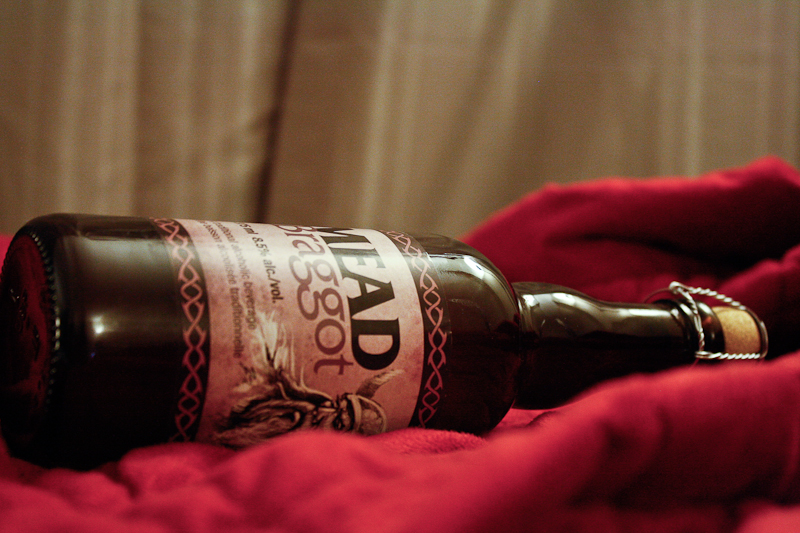Gather in Valhalla ye valiant warriors of academia and let my Valkyries serve you a flagon or two of gloriously fermented honey.
That’s right, the time has come to tell tales of that most poetic of beverages. The swill of Robin Hood and his merry crew, the drink of Galadriel and the elves of Lothlorien, and of Odin ruler of Asgard: of course, I speak of mead.
While the history of the earliest days of alcohol is rather spotty, mead is believed to have been one of, if not the first fermented beverage. Mead could have easily occurred naturally as a result of honey diluted by rainwater and left to ferment.
Honey was lauded in many ancient cultures for its sweetness, and bees were considered divine—thus mead took on a somewhat holy and mystical quality. Perhaps that’s why we associate the drink with myth and fantasy.
 In Norse Mythology, mead is the drink of the gods. According to legend, the dwarves killed Kvasir the poet and mixed his blood with honey to make the “magic mead” or “mead of poetry.”
In Norse Mythology, mead is the drink of the gods. According to legend, the dwarves killed Kvasir the poet and mixed his blood with honey to make the “magic mead” or “mead of poetry.”
“Those who drank of the Magic Mead became very wise, and not only that, but they could put their wisdom into such beautiful words that every one who heard would love and remember it,” the story goes.
It’s quite a lengthy yarn, but eventually Odin goes on a mission to bring this magic mead to humanity. He schemes, shapeshifts, charms a witch named Gunnlöd into becoming a gorgeous giant maiden, kisses her, seduces her and possibly, as John Green might say, skoodilypoops his way into acquiring three jars of this magic mead.
He brings it to humanity and humans who apparently have no qualms about drinking the blood of poor slain Kvasir, totally love it and gain “wisdom in such beautiful words that all love and remember it.”
If you plan to embark your own epic Odin-esque quest across Ottawa to find this mead of poetry you should know what you’re in for. Imagine taking a large gulp of martini. Now replace all the sharp bitterness with intense overwhelming sweetness: this is mead. So sweet it’s almost syrupy but no less complex than a good red wine.
It’s not something I’d recommend drinking alone, because its history and reputation demands some cheery company. Be sure to have some strong cheese or something else appropriately salty nearby to offset the sweetness (but not olives for the love of Odin, that will just taste unholy).
 The most common variety of mead in these parts is the Mead Royale from the Niagara based Rosewood Estates. But be aware: this sinfully sweet beverage can be hard to find. You might have to make a few calls and hunt through several LCBO’s before you find it. The internet it also positively littered with directions and recipes for how to make your own mead—it will take about a month but if you have that sort of dedication I say have at it. Just don’t use the blood of any of your poetic friends in the mixture.
The most common variety of mead in these parts is the Mead Royale from the Niagara based Rosewood Estates. But be aware: this sinfully sweet beverage can be hard to find. You might have to make a few calls and hunt through several LCBO’s before you find it. The internet it also positively littered with directions and recipes for how to make your own mead—it will take about a month but if you have that sort of dedication I say have at it. Just don’t use the blood of any of your poetic friends in the mixture.
If you’re willing to settle for something less or if you can’t stand sweetness but want to experience mead in some variety you can always give Tralfagar Ales and Meads a try. Their Mead Braggot is a curious combination of water, honey, barley, hops, and yeast. It tastes like a pleasantly mild slightly sweet beer, but a beer that just happens to be 8.5 per cent alcohol. It also has a curious smell. “A bit like throw-up,” a colleague who will remain unnamed remarked to me upon sniffing my cup.
Don’t let that scare you off though: the taste is actually quite pleasant and the label features a scowling Viking making this the perfect drink for your upcoming dark ages-themed dinner party (by the way, I’m expecting an invitation any day now. Hint, hint.) If you drink it out of this gloriously decorated bottle you won’t even notice any smell.






